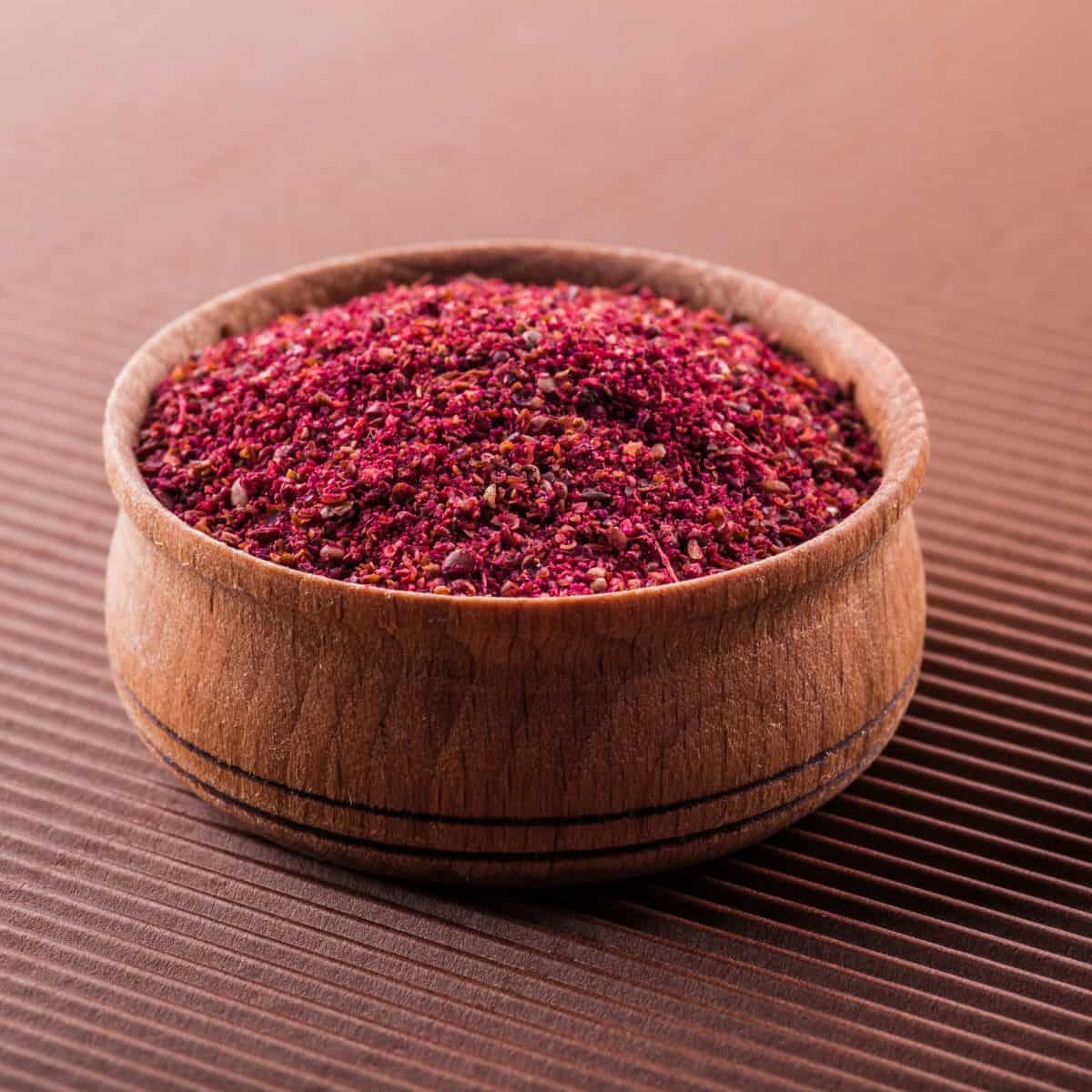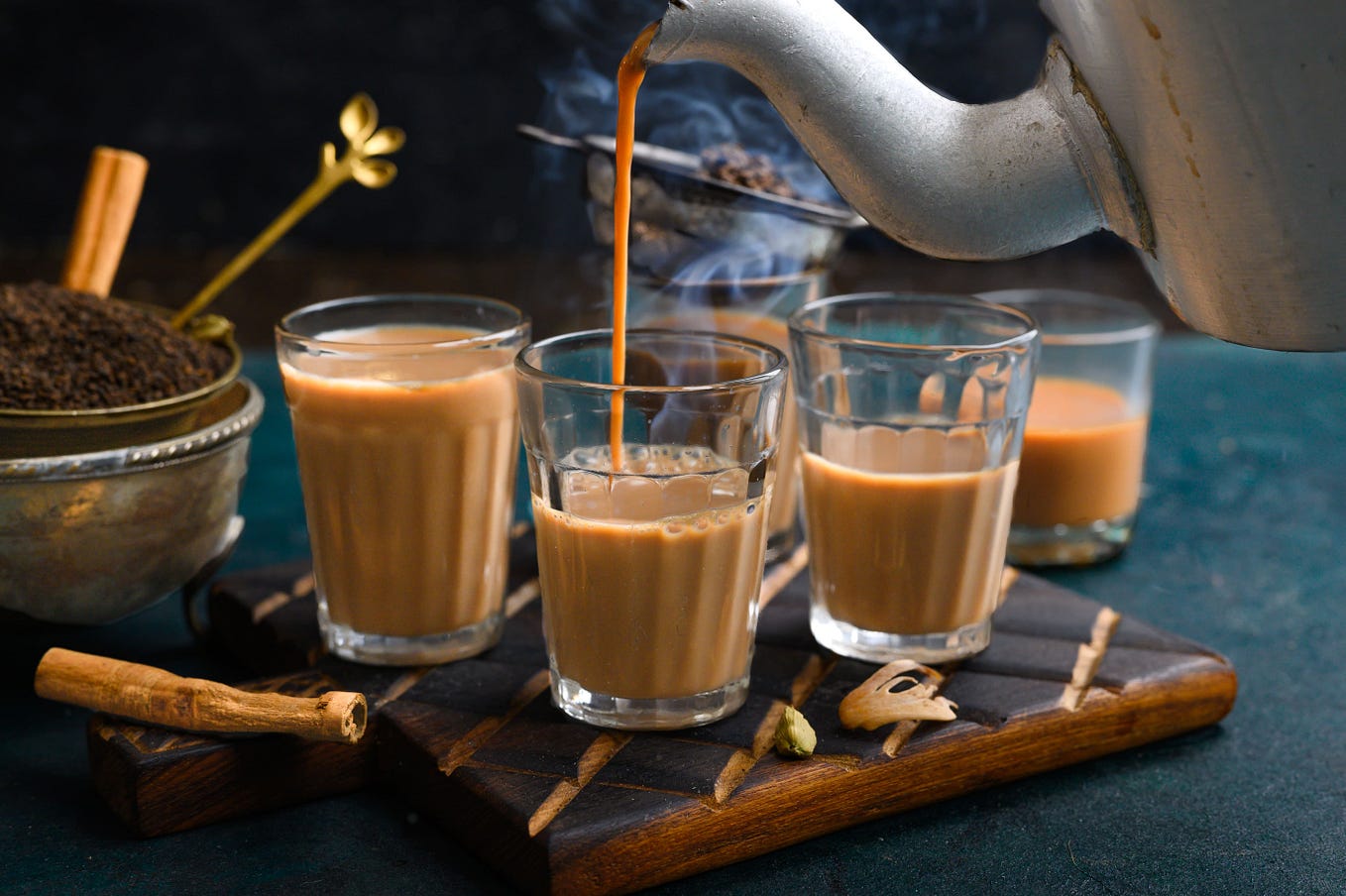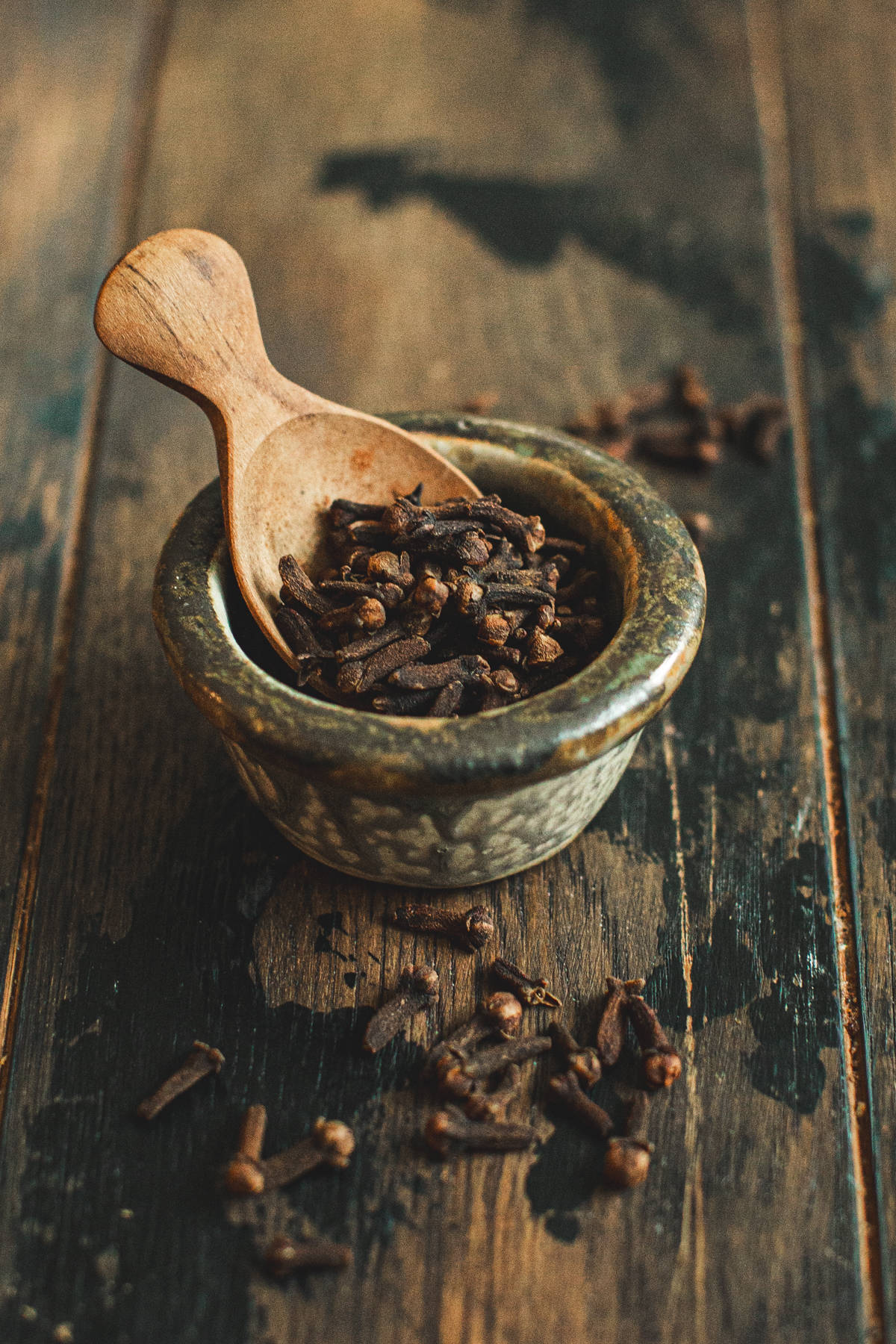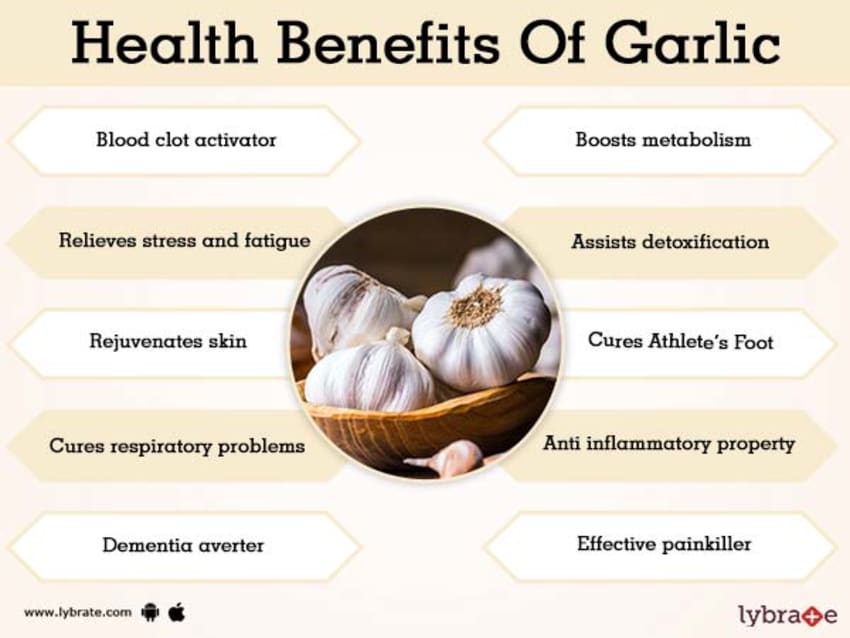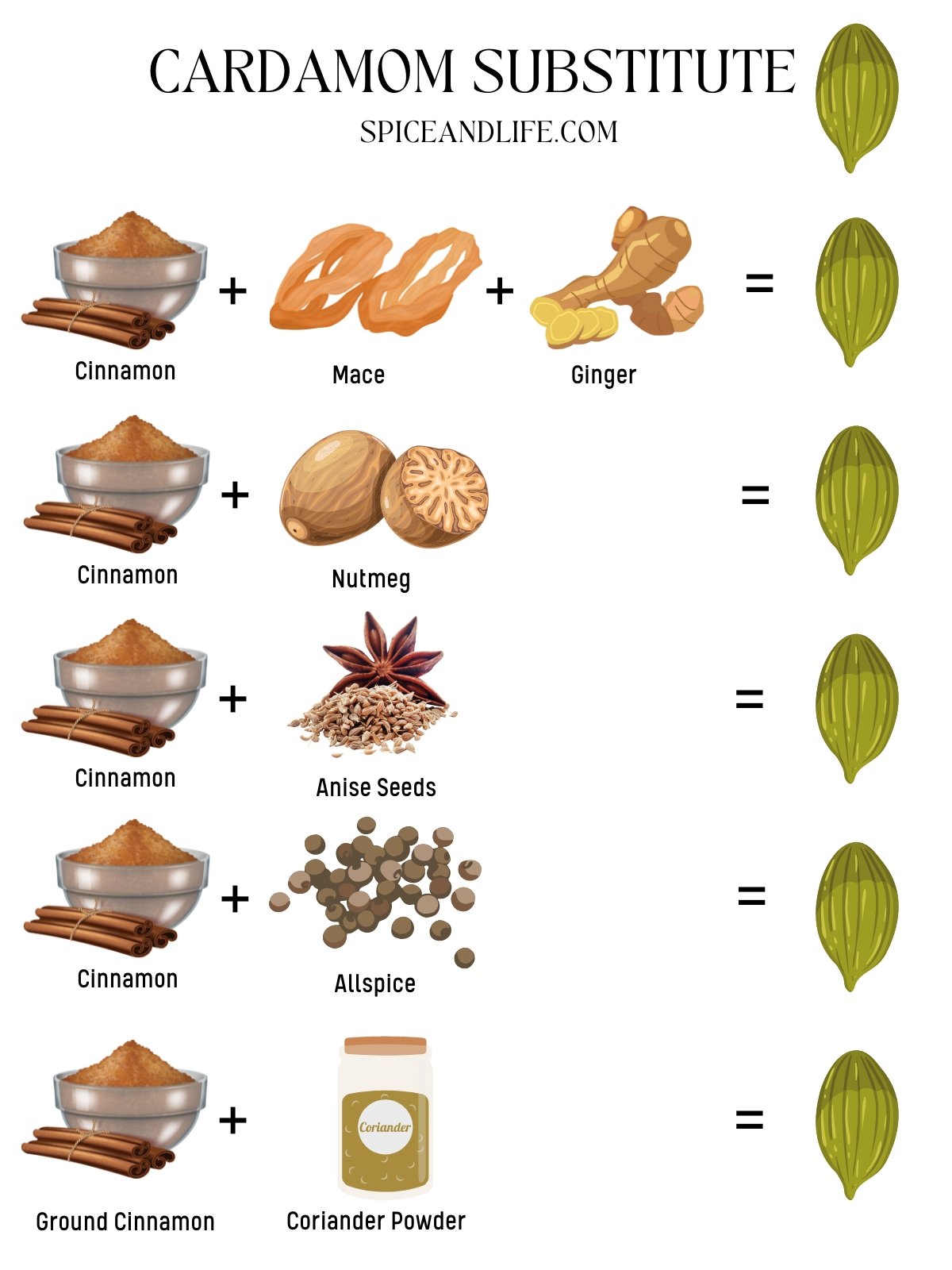– Chai tea is consumed hot or iced.
– The taste of chai tea is described as sweet, warm, spicy, robust, rich, refreshing, invigorating, hot, sweet cinnamon, fragrant cloves, pungent black pepper, creamy like gingerbread, and like pumpkin pie.
– Chai tea is made with various spices, including cinnamon, ginger, cardamom, black pepper, cloves, and star anise.
– Other ingredients like licorice root, fennel seed, ramon nut, peppermint, turmeric, coconut, tulsi holy basil, vanilla bean, sarsaparilla root, lychee, rose, chocolate, dandelion, etc. can be added to create unique taste combinations.
– There are different types of chai made with rooibos tea, green tea, oolong tea, pu-erh tea, or no base tea leaves at all.
– Chai tea lattes typically contain caffeine because they are made with a base tea that contains caffeine.
– Chai tea latte is made with milk and sugar, and it can be served warm or hot.
– Chai tea pairs well with rich stews and curries.
– “Chai” means “tea” in Hindi.
– A dirty chai is a chai tea latte with a shot of espresso added.
Continue Reading
